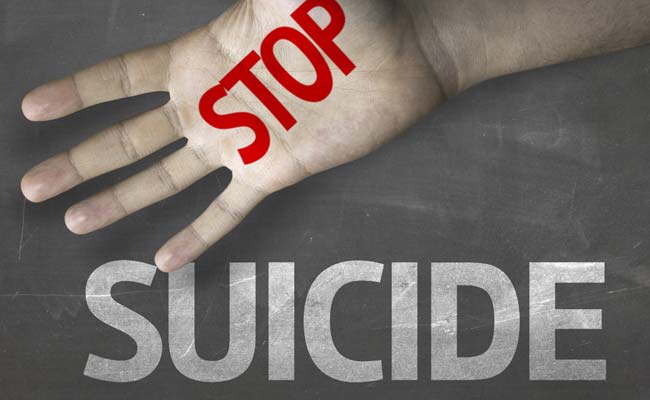The Centers for Disease Control and Prevention (CDC) reports that non-Hispanic Indigenous people in the United States have the highest suicide rates compared to any other racial or ethnic group. This alarming statistic is particularly evident in Montana, where Native American youth have a suicide rate that is over five times higher than the statewide rate for the same age group. Despite decades of research and efforts in suicide prevention, rates among Indigenous people, particularly those aged 10 to 24, remain persistently high.
Experts argue that the national strategy for suicide prevention does not adequately address the unique cultural values and needs of Native American communities. This lack of cultural relevance and sensitivity hampers the effectiveness of interventions and prevention efforts. Additionally, systemic issues and structural inequities, such as underfunded and under-resourced services from the federal Indian Health Service, further contribute to the challenges faced by Indigenous communities in preventing suicide.
Mary Cwik, a psychologist and senior scientist at the Center for Indigenous Health at Johns Hopkins Bloomberg School of Public Health, highlights the absence of Indigenous voices in informing the priorities of the national strategy. This lack of representation and understanding of Indigenous value systems further hinder the implementation of effective suicide prevention measures.
The high suicide rates in Native American communities can be attributed to complex factors. Many individuals in these communities carry the burden of numerous adverse childhood experiences, including emotional, physical, and sexual abuse, intimate partner violence, substance abuse, mental illness, parental separation or divorce, incarceration, and poverty. These experiences are compounded by intergenerational trauma stemming from historical events such as racial discrimination, colonization, forced relocation, and the government-sanctioned abduction of Indigenous children to boarding schools that lasted until the 1970s.
Addressing the deep-rooted challenges faced by Native American communities cannot be resolved solely through medical interventions. Joseph P. Gone, a professor at Harvard University and member of the Gros Ventre (Aaniiih) tribal nation of Montana, emphasizes the need for comprehensive approaches that address the underlying social and historical factors contributing to hopelessness and despair within these communities.
Collaborative research with tribal nations is crucial in understanding and effectively addressing the issues surrounding suicide in Indigenous communities. However, securing funding for such research is a challenge, especially for smaller tribes. Stephen O’Connor, who leads the suicide prevention research program at the National Institute of Mental Health, emphasizes the need for increased and sustained funding for research in this area. Additionally, the NIMH and the Substance Abuse and Mental Health Services Administration are working to build research partnerships with tribal nations and have recently launched culturally informed and evidence-based programs and grants aimed at reducing suicide rates in tribal communities.
In conclusion, the high suicide rates among Native American communities, particularly among Indigenous youth, highlight the urgent need for culturally relevant and sensitive interventions. The lack of representation and understanding of Indigenous values in the national strategy for suicide prevention has impeded progress in reducing suicide rates. Addressing the root causes of despair within these communities, such as adverse childhood experiences and intergenerational trauma, requires comprehensive approaches that consider the unique historical and social contexts of Native American communities. Increased funding, research partnerships, and evidence-based programs are necessary to combat the crisis of suicide in Indigenous populations.
*Note:
1. Source: Coherent Market Insights, Public sources, Desk research
2. We have leveraged AI tools to mine information and compile it




